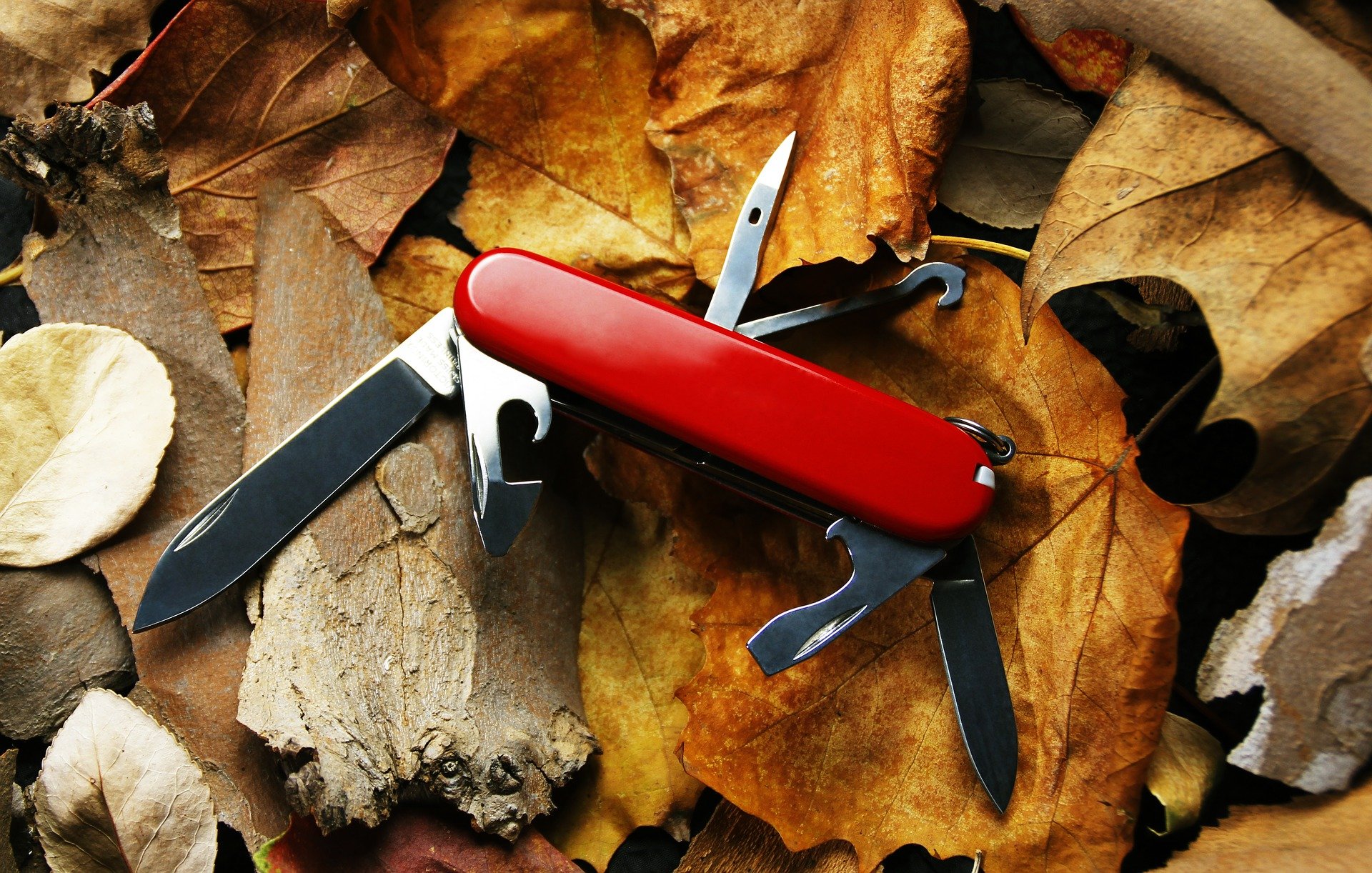
Fantastic action series graced our television screens during the awesome 1980’s and ’90’s. MacGyver was one of them. As a secret agent, MacGyver came to the rescue in the hour of need. Armed with ingenuity, a knowledge of physics and a pocket knife, he could turn a raw egg and a paper clip into a bomb. He was the king of the Improper Use of Things.
Last month, I explained what outside-the-box thinking entails and, more importantly, does not entail. Outside-the-box thinking is not about letting go of all the criteria associated with a problem. It is not about coming up with the craziest ideas either. Instead, it involves becoming aware of the limits of your own thinking. Of your own interpretation of reality.
Improper use, using a product for something other than what it was designed for, is a wonderful form of outside-the-box thinking. And in this column, we also go back in time.
‘The Candle Problem‘
In 1945, Gestalt psychologist Karl Duncker published a study that later became known to creativity researchers as ‘The Candle Problem study.‘
Give someone a candle, a box of drawing pins, some matches, and a bulletin board. Then give them the following task: attach the candle to the bulletin board and burn it. They are not allowed to hold the candle.

Quite a few participants managed to successfully complete this task.
But what if you give someone the same assignment, while the materials in front of you are just a little bit different? This time, the drawing pins are not in the box but lying next to it. What do you think happened next? Suddenly, participants were able to solve this problem.

How come that in task 1, participants failed to get the candle burning on the bulletin board, and in task 2, they did manage to do it? Duncker attributed that to ‘functional fixedness.’
Functional fixedness
We humans are fixated on the functions of things, Duncker contended. In the first assignment, the box of drawing pins had the function of something that ‘held drawing pins all together.’
In the second task, the box was empty. Participants were no longer impeded by the function of ‘holding drawing pins together’. The box then became an object that you could give a function to yourself.
In task one, the box had already been assigned a function. This made it difficult for the participants to give it another function. They were ‘functionally fixed.’
When we give things a different function (improper use) than what the product was originally designed for, then we let go of our fixation and think ‘outside the box’.
Examples
I was in a bar the other day. That’s worth mentioning in any event as at that bar, my cocktail came with a straw. Not a plastic straw of course. But not a dirty paper straw either. I was given a pasta straw! Made of zitoni pasta to be exact. A brilliant improper use of pasta and environmentally friendly too.

When I was a student, I used grocery carts as barbecue grills. Students are generally fine with thinking outside-the-box, and often outside their studies, ironically enough.
The maxim here is that the older we get, the less adept we are at assigning new functions to things. It is precisely this improper use’ that makes us children so creative.
Children and outside-the-box thinking
Children are not constrained by the functions that things have. They invent all kinds of functions with relative ease. For example, my two-year-old nephew washes his clothes in the toilet, my three-year-old daughter uses my softcover bras as a two-bulb helmet, and we find videos in which children show phallus-like drawings that they find hilarious: the functions that we assign to those things, they are not yet aware of. They don’t have a “box” for them yet. Whether that’s creative or not, I’ll leave up in the air for now.
The point is: do you want to think outside-the-box? Then you should question your own assumptions about reality. That includes your assumptions about the functions of things. If you are at a loss, you can always ask a child what to do with a certain object. You never know what she or he will come up with.
About this column:
In a weekly column, alternately written by Eveline van Zeeland, Eugène Franken, JP Kroeger, Katleen Gabriels, Carina Weijma, Bernd Maier-Leppla, Willemijn Brouwer and Colinda de Beer, Innovation Origins tries to figure out what the future will look like. These columnists, sometimes joined by guest bloggers, are all working in their own way to find solutions to the problems of our time. So tomorrow will be good. Here are all the previous articles.

